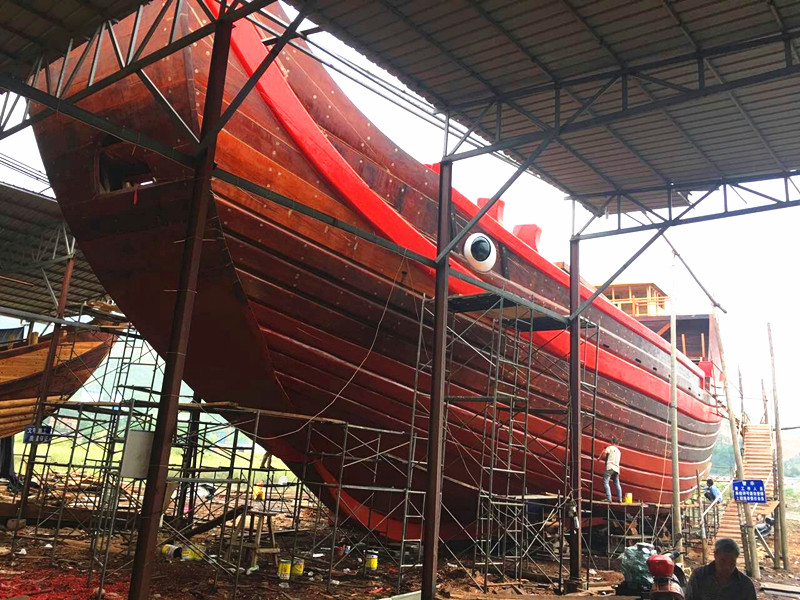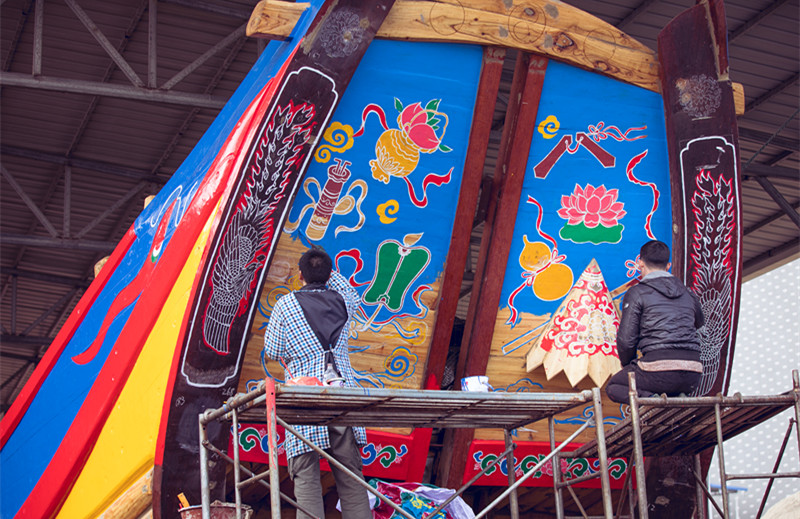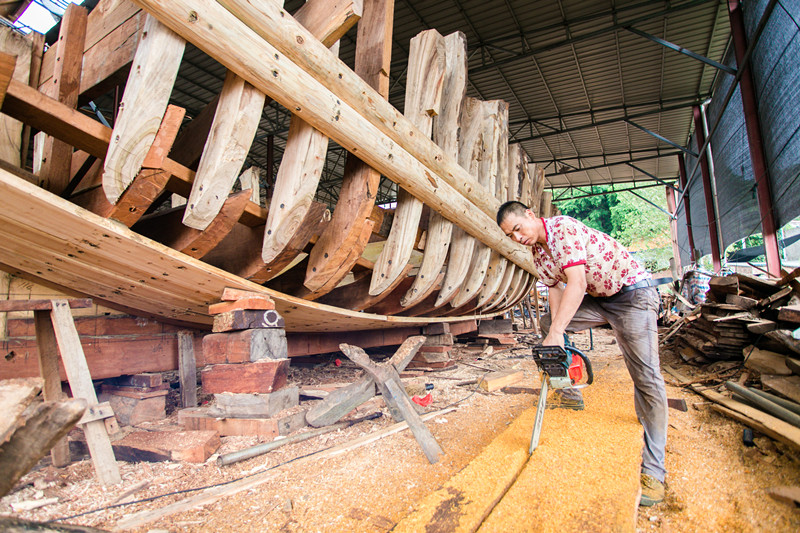Tianjin University Establishes “Database” for Rebuilding Ancient Ships
Recently, a press conference announcing the opening ceremony of the ancient ship reconstruction program was co-hosted by several institutions including the Ocean Media Laboratory in Tianjin University, and its lead group from Jiaocheng District, Ningde City. Taking advantage of the rebuilding of ancient ships and based on the data recorded in the process of rebuilding, TJU Ocean Media Laboratory, the Association for the Study of Watertight Capsules Chinese treasure ship, a type of large wooden ship in the fleet of admiral Zheng He, will carry out research and promotion on the ship technology of ancient China, and refresh it utilizing new media.

The deep friendship between Chinese and people around the world is imprinted on the Maritime Silk Road. The ancient ships of the Southern Song Dynasty witnessed the development of Maritime Silk Road, and were also one type of rediscovered ancient ship that used watertight capsule technology. This discovery is a milestone in the history of ships and is of great importance to lots of fields within academia, including history, politics, economics and others. The program starts its “preliminary” recovery and rebuilding based on a series of archaeological findings including the profile of wreck of the Song Dynasty from Houzhu, Quanzhou and Huaguang Reef I. It will reproduce the well-honed skills, navigational techniques and inventions of ship building from the Song Dynasty. The two ancient ships rebuilt will set sail along the Maritime Silk Road again, pass by the Headquarters of UNESCO, and demonstrate their watertight technology in the modern era.

TJU Ocean Media Laboratory is a cross-subject platform for the data analysis of ocean videos all over the world, and represents the research findings of TJU in the construction of ocean media.

The “Watertight Capsule” was a significant invention of ship building in ancient times. Cabins were divided by partitions, and became watertight capsules which cut their connection with the ones next to them. It was applied to Zheng He’s fleet to strengthen the ships and allowed the fleet to slice safely through the sea. With the seven voyages of Zheng He’s fleet, the watertight capsule technology spread all the way to Europe and was gradually adopted by shipbuilders all around the world.

Ningde still functions as an important harbor on China’s stretch of the Maritime Silk Road, and also inherited Chinese treasure ship’s shipbuilding skills. The native shipbuilders started their work from the late Yuan Dynasty and early Ming Dynasty, and have continued for 23 generations up to today. Passed on orderly for 650 years, the “watertight capsule technology” was selected as a national grade intangible cultural heritage item in 2008, and was selected for UNESCO’s “list of intangible cultural heritage urgently needed for protection” in 2010. Time will witness its passing on from generation to generation, and exhibit China’s efforts to protect its cultural heritage.
News Source: School of Marine Science and Technology, Tianjin University
By: Ma Zhou
Photo: Tianjin University Ocean Media Laboratory
Editors: Qin Mian and Christopher Peter Clarke

